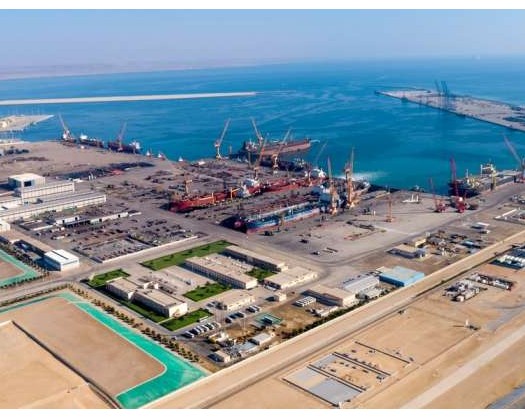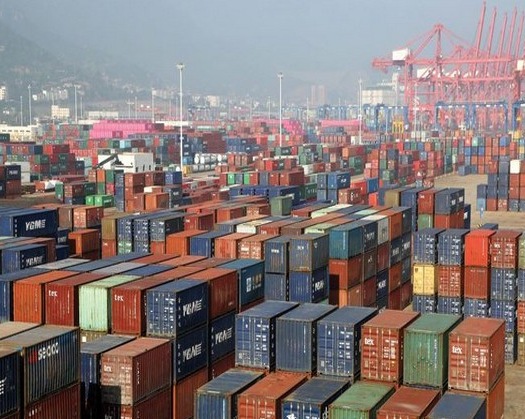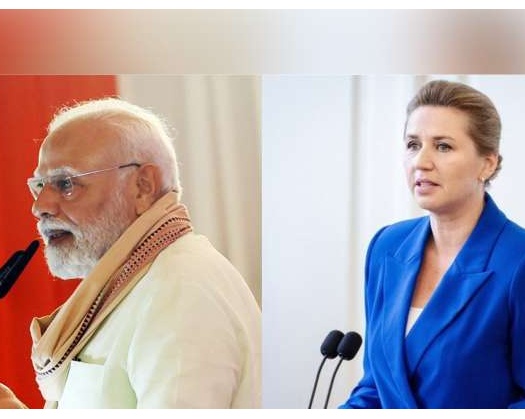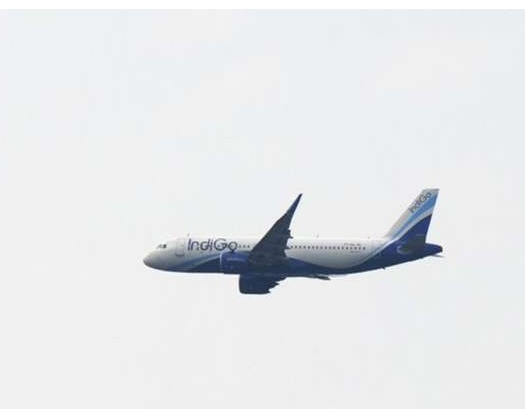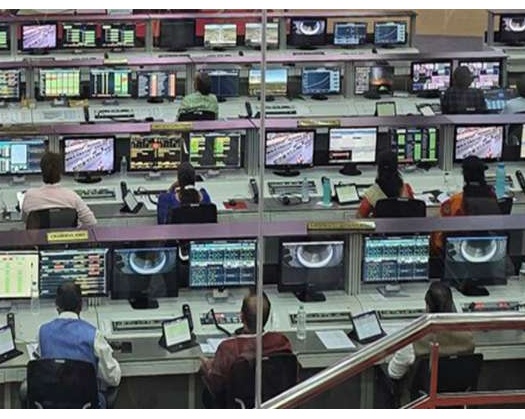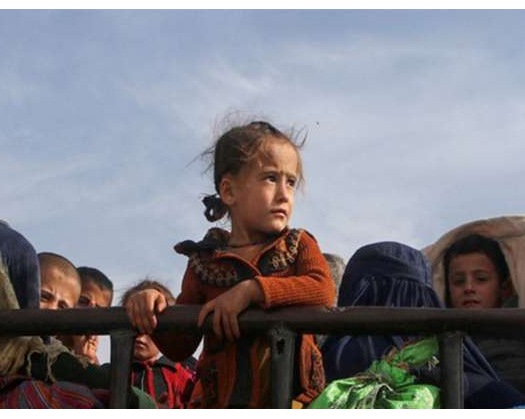MUSCAT: Oman is demonstrating remarkable progress in enhancing its economic resilience and bolstering investor confidence, as highlighted by its recent upgrades in credit ratings.
Standard & Poor’s has elevated Oman’s credit rating from BBB+ to BBB-, maintaining a stable outlook. This upgrade signifies Oman’s strong financial stability and dedication to its Vision 2040 strategy.
Dr. Nasser bin Rashid Al Maawali, Undersecretary of the Ministry of Economy, has lauded this improvement as a significant achievement, emphasizing Oman’s unwavering commitment to strengthening its economic base in the face of global challenges. Dr. Al Maawali pointed out that this enhanced rating is a testament to the strategic financial management and the successful execution of economic policies.
Rising oil prices have enabled Oman to adeptly manage its fiscal landscape, leading to a notable reduction in public debt. This debt has fallen from a peak of OMR15.3 billion in 2020 to OMR 14.4 billion by mid-2024.
With Standard & Poor’s projecting a decrease in the debt-to-GDP ratio to 29% by 2027, Oman is on a clear trajectory towards achieving sustainable financial health.
The transformation of Oman’s financial landscape is attributed to the leadership’s directives and the strategic financial management of the country.
The Ministry of Finance’s proactive strategies, such as the replacement of high-cost loans and the strategic use of additional oil revenues for debt repayment, have effectively lightened the public debt burden.
As of mid-2024, the public debt has reached OMR 14.4 billion, approaching safe thresholds that reduce financial risks.
"The enhancement in Oman’s credit rating underscores a significant financial and economic recovery since the implementation of Oman Vision 2040. The nation has overcome the challenges presented by declining oil prices and the pandemic in 2020," Dr. Al Maawali stated.
Persistent Economic Expansion and Diversification
The Undersecretary highlighted that the financial robustness of Oman is attributed to the implementation of vigorous economic policies and the consistent execution of the Tenth Five-Year Plan (2021-2025).
Programs such as the Public Finance Management System and the Local Added Value initiative have been instrumental in curtailing expenses while augmenting financial efficiency.
Dr. Al Maawali mentioned that Oman's Gross Domestic Product (GDP) is anticipated to exhibit a steady increase over the forthcoming two years, propelled by the growth of non-oil sectors and the success of diversification efforts.
Industries like green hydrogen and industrial projects are experiencing significant momentum, thereby contributing to sustainable economic development and enhancing Oman's attractiveness as an investment destination.
Advancements in Social and Economic Well-being
Oman has also achieved considerable progress in elevating the standard of living for its citizens. The allocation of public expenditure has been focused on critical services, including subsidies for fuel, electricity, water, and essential goods. Furthermore, development initiatives, especially those aimed at housing loans and social protection, have significantly improved living conditions.
In alignment with Vision 2040, Oman is actively promoting economic decentralization through projects at the governorate level, which not only contributes to regional development but also expands economic engagement.
Positive Outlook from International Institutions
Dr. Al Maawali referenced reports from esteemed international organizations, such as the International Monetary Fund (IMF), which have underscored Oman's robust financial management and public finance surplus. The IMF report has affirmed that Oman's fiscal surplus has reached a remarkable 2.2% of GDP in the year 2023, accompanied by a current account surplus of 5% in the same period.
Furthermore, Oman's trade surplus, enhanced by the revenues from oil exports and the expansion of non-oil exports, has soared to OMR 7.7 billion in the year 2023.
The nation's sovereign and foreign assets have also seen a significant increase, with the Oman Investment Authority (OIA) amassing over OMR 19 billion in assets by the close of the previous year.
Looking ahead, Oman's financial sustainability is further bolstered by favorable global trends, including the potential for reduced inflation and lower interest rates, alongside anticipated adjustments in oil production.
As a member of OPEC+, Oman has adeptly balanced its oil production in harmony with global supply objectives, while simultaneously expanding its non-oil sectors, which experienced a growth of 4.5% in the first quarter of 2024.
Impact of Credit Ratings on Investment Growth
Dr. Salem bin Abdullah Al Sheikh, the official spokesperson for the Ministry of Economy, provided further context to these credit ratings within the broader economic landscape of Oman.
He elaborated that the financial stability and the steady increase in credit ratings have precipitated a noticeable surge in the volume of foreign direct investments (FDIs).
"Our objective under the Tenth Five-Year Plan is to elevate investment rates to 27% of GDP by 2025, and we are making substantial strides toward achieving this target," he declared.
Foreign Direct Investments
Data analysis indicates a consistent upward trend in Oman's cumulative volume of foreign direct investments, which increased from approximately OMR 20.6 billion at the conclusion of 2022 to an estimated OMR 25.4 billion by the first quarter of this year. This growth encompasses OMR 19.9 billion from the oil and gas sector and OMR 5.5 billion from non-oil economic activities.
Dr. Al Sheikh emphasized that the business environment in Oman has seen significant improvements, attributed to legislative advancements aimed at streamlining investment procedures, reducing operational costs, and expanding digital services.
"In alignment with the objectives of the Tenth Plan, we have been continuously enhancing the investment landscape, which is essential for attracting further foreign direct investments," Dr. Al Sheikh noted.
This year, several initiatives have been introduced to bolster investment, including an incentive program for the private sector. This program is designed to encourage private companies to engage with the Muscat Stock Exchange.
"This initiative offers a range of incentives, exemptions, and facilities to private companies, thereby facilitating access to financing opportunities and the expansion of operations," Dr. Al Sheikh elaborated.
The officials also highlighted that the elevation of Oman's credit ratings has bolstered investor confidence and signifies the effective management of public debt. He mentioned that public debt has seen a notable decline, currently standing at OMR 14.4 billion, marking a significant reduction from previous years.
"The prudent financial policies have proven effective in utilizing additional oil revenues to expedite debt repayment, which has led to a reduction in the debt-to-GDP ratio to below 35%,” he explained.
Looking forward, Al Maawali expressed optimism regarding the future, reaffirming that the Tenth Five-Year Plan is pivotal in realizing Oman Vision 2040, which is focused on comprehensive development and improved living standards for the citizens.
Al Maawali added, “Our government is dedicated to sustaining a stable and attractive investment climate, which is crucial for our long-term economic sustainability. The increase in our credit ratings is not merely a numerical achievement; it reflects our collective efforts and vision for the future.”
This collaborative approach among various government sectors represents a significant step toward sustained economic growth and positions Oman as a competitive entity in the global market. The ongoing implementation of strategic programs under the Tenth Five-Year Plan will continue to enhance financial sustainability and further improve Oman’s credit ratings, paving the way for a prosperous future.

